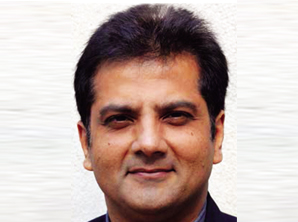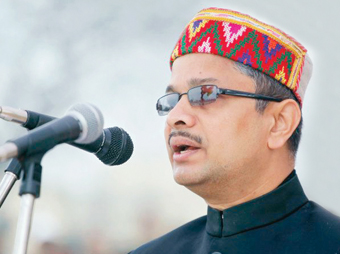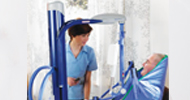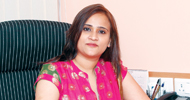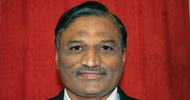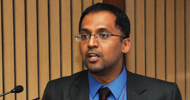
The major challenge with modern technology is the cost and rapid changes in design and engineering, says Dr Sai P Haranath, Consultant Intensivist and Pulmonologist, Apollo Hospitals, Hyderabad
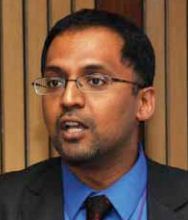 Technology is like life – always changing yet constant in the certainty that ultimately all of it has a shelf life. Therein lies the beauty of innovation in technology for there is always the opportunity to make things smarter, faster, smaller, cheaper or elegant. Healthcare has often lagged behind in adopting new advances but times are changing with cross fertilisation of ideas. We now have biocompatible antimicrobial fashion scrubs alongside robotic surgical instruments. Virtual consultations are happening right next to traditional touchy feely doctor visits. I would like to focus on three areas where I have personal experience and expertise which showcase the rapid strides that health technology is taking.
Technology is like life – always changing yet constant in the certainty that ultimately all of it has a shelf life. Therein lies the beauty of innovation in technology for there is always the opportunity to make things smarter, faster, smaller, cheaper or elegant. Healthcare has often lagged behind in adopting new advances but times are changing with cross fertilisation of ideas. We now have biocompatible antimicrobial fashion scrubs alongside robotic surgical instruments. Virtual consultations are happening right next to traditional touchy feely doctor visits. I would like to focus on three areas where I have personal experience and expertise which showcase the rapid strides that health technology is taking.

The use of ultrasound is well known to diagnose myriad ailments. The latest to join this list is the use of miniaturised ultrasound probes in endoscopes to help with analysing lymph node enlargement and getting a biopsy of these internal structures. Previously only a surgical procedure could access these deep seated areas. The use of EBUS (endobronchial ultrasound) and EUS (endoscopic ultrasound) has revolutionised the management of certain cancers. In India we have a limited number of centres that offer this technology and like all great products the cost of equipment is still on the higher side but there are studies to suggest that the cost savings from avoiding surgery may be substantial.
Telemedicine has come of age in many areas but in my opinion the full potential has not been explored. I am involved in providing intensive care to patients at the bedside but I also am part of a group that provides critical care to patients half a world away in the US virtually. The care we provide is of great benefit to the doctors there who can get some rest while we take care of their critically sick patients at night. The time difference and our combined critical care expertise make it an ideal situation forthe US hospitals.
There are a lot of regulatory and safety checks in this process and quality is a top priority. We felt that this is something that will work in India also and have floated a company (24/7 Health Vision) to start providing virtual intensive care for hospitals in India. In fact many large hospitals including Apollo Hospitals are actively looking at entering the teleICU field since the safety and quality benefits are immense.

The third example that highlights the integration of technology with medicine is, well, technical. In the intensive care unit we have patients who often have low blood pressure and often it is not clear right away why it is low. Simplifying a complex system in a few words is tough but lets just says that the low BP could be from too little fluid or blood in the system; it may be because the heart is not pumping well or perhaps the blood vessels are too relaxed and cant hold the fluids tight in their thousands of miles of plumbing. Infection causing septic shock is one such condition. It is now recognised that maintaining an optimal pressure and quickly treating the cause is important and one device that uses cool and advanced mathematics and algorithms is a continuous cardiac output monitor that uses something called pulse contour analysis. In tough cases it helps us figure out what the problem is.
The major challenge with modern technology is the cost and rapid changes in design and engineering. Regulatory challenges, long turnaround from discovery to bedside and the unpredictable nature of human biological response to devices at times are all roadblocks to widespread adoption. My hope for the future is that the drop in cost and subsequent expansion in reach of healthcare will parallel advanced training and research and benefit the billions who suffer needlessly around the world.
Be a part of Elets Collaborative Initiatives. Join Us for Upcoming Events and explore business opportunities. Like us on Facebook , connect with us on LinkedIn and follow us on Twitter , Instagram.


